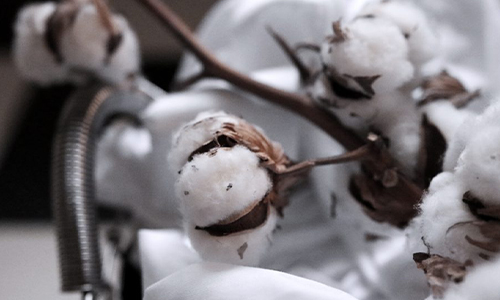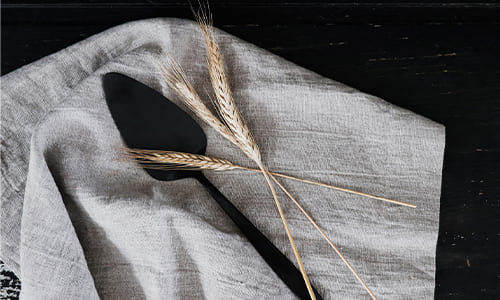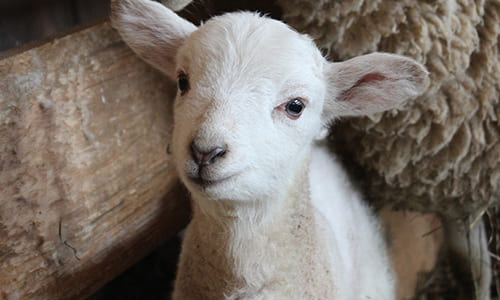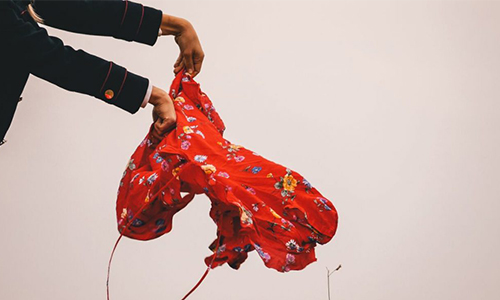Cotton is one of our most common materials, a natural material made from small, downy bolls that grow on the cotton plant. The fibre is soft, hard-wearing and supple and often used for T-shirts, underwear, sweaters and socks etc.
For a sustainable, cyclic wardrobe, we recommend choosing organic cotton to avoid pesticides in the cotton fields and all the consequence related to this. Buy cotton garments that you are prepared to care for, take care of and use for a long time.
For a number of reasons, cotton is being scrutinized at the moment. Both politically, financially, accessibility- and quality-wise. There are already quality labelling to help guide you in making better, more aware choices. We specifically like GOTS certified cotton or recycled cotton. Cotton production requires huge quantities of water.
Just producing one T-shirt can use up to 2,700 litres of water and a pair of jeans as much as 11,000 litres.
How to care for your cotton garments:
Make your cotton garments last longer, care and refresh with our Fabric Spray Teawood No. 502, Fresh Linen No. 503 or Wild Lavender No.504 which are gentle on both your clothes and the environment. You don’t have to wash your clothes as often as you think. Cotton can withstand higher temperatures in the washing machine, so we recommend you use our Detergent Cotton & Linen No. 204, which works at 40-90°C.
40°C is hot enough for lightly soiled clothes, whereas bed linen ought to be laundered in 60°C. Follow the instructions on the care label.
Love your cotton garment, care for it and extend its lifespan!







